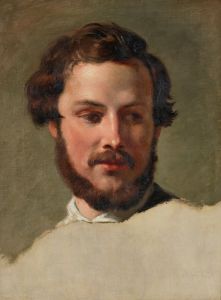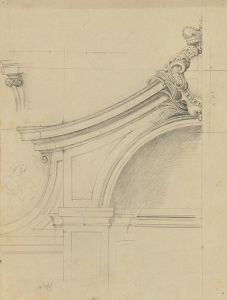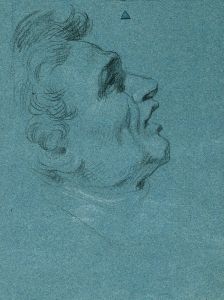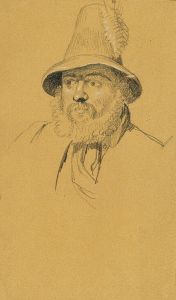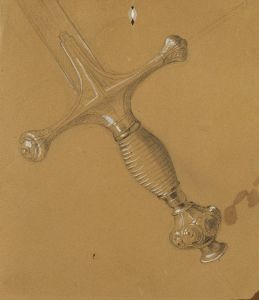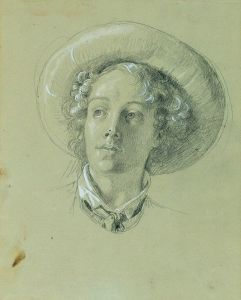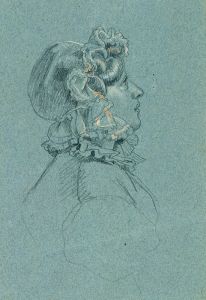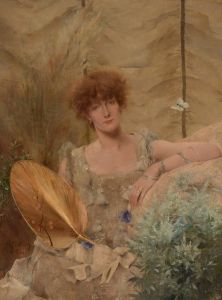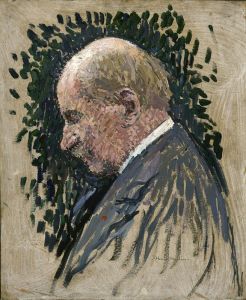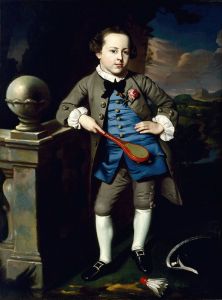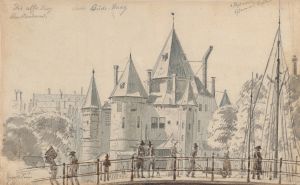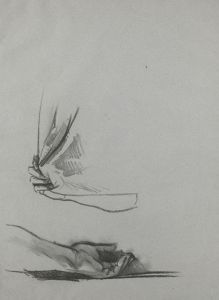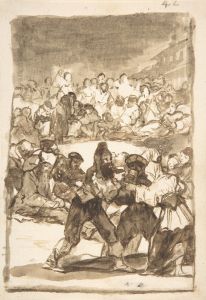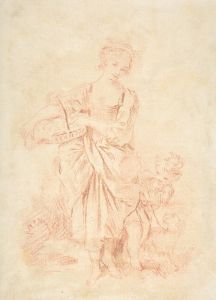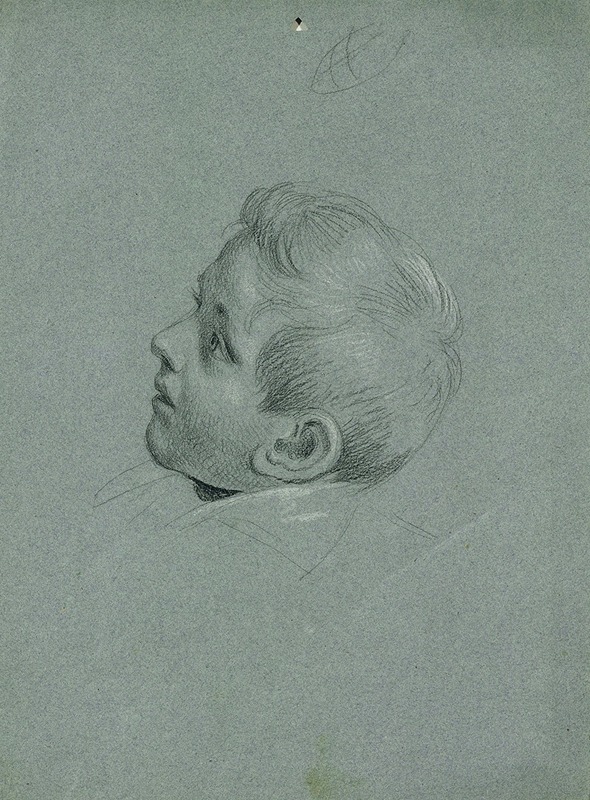
Knabenporträt
A hand-painted replica of Johann Peter Krafft’s masterpiece Knabenporträt, meticulously crafted by professional artists to capture the true essence of the original. Each piece is created with museum-quality canvas and rare mineral pigments, carefully painted by experienced artists with delicate brushstrokes and rich, layered colors to perfectly recreate the texture of the original artwork. Unlike machine-printed reproductions, this hand-painted version brings the painting to life, infused with the artist’s emotions and skill in every stroke. Whether for personal collection or home decoration, it instantly elevates the artistic atmosphere of any space.
Johann Peter Krafft was an Austrian painter known for his historical and genre paintings, as well as portraits. One of his works, "Knabenporträt," which translates to "Portrait of a Boy," exemplifies his skill in capturing the likeness and character of his subjects. Krafft was born on September 15, 1780, in Hanau, Germany, and later moved to Vienna, where he became a prominent figure in the art scene of the early 19th century.
Krafft studied at the Academy of Fine Arts in Vienna and was influenced by the Neoclassical style, which is evident in his precise and detailed approach to painting. His works often reflect a blend of classical ideals with a keen observation of contemporary life. "Knabenporträt" is a testament to his ability to portray the innocence and vitality of youth, a common theme in portraiture of that era.
The painting "Knabenporträt" is characterized by its attention to detail and the lifelike representation of the boy. Krafft's use of light and shadow adds depth to the portrait, highlighting the boy's facial features and expression. The background is typically understated, ensuring that the focus remains on the subject. This technique is consistent with Krafft's other portrait works, where the emphasis is on capturing the essence of the individual rather than the surroundings.
Krafft's portraits are noted for their psychological depth, and "Knabenporträt" is no exception. The boy's expression is captured with a sense of realism that suggests both his youthful innocence and a hint of introspection. This ability to convey emotion and character is a hallmark of Krafft's portraiture.
Throughout his career, Krafft received numerous commissions from the Austrian aristocracy and bourgeoisie, which helped establish his reputation as a leading portraitist of his time. His works were well-regarded for their technical proficiency and the subtlety with which he captured the personalities of his subjects.
In addition to portraits, Krafft also painted historical scenes, which were popular in the 19th century. His historical paintings often depicted significant events with a dramatic flair, combining his interest in history with his artistic talents. However, it is his portraits, like "Knabenporträt," that continue to be celebrated for their insight into the human condition.
Krafft's contribution to art extends beyond his paintings; he also played a role in the development of art institutions in Vienna. He was appointed as a professor at the Academy of Fine Arts, where he influenced a new generation of artists. His legacy is reflected in the continued appreciation of his works, which are housed in various museums and collections.
"Knabenporträt" remains an example of Krafft's mastery in portrait painting, showcasing his ability to blend technical skill with a deep understanding of his subjects. While specific details about the boy in the portrait or the circumstances of its creation may not be widely documented, the painting itself speaks to Krafft's enduring skill and the timeless appeal of his art.





